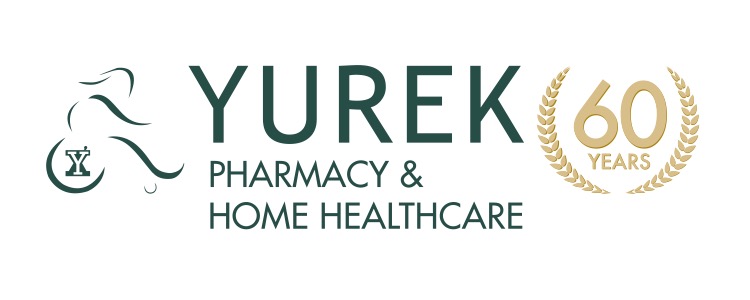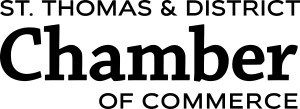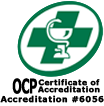Diabetic hypoglycemia occurs when someone with diabetes has a low blood glucose level (BGL). Glucose is the fuel for the body and brain, so you cannot function well if you do not have enough.
Blood glucose/sugar readings of 3.9 mmol/L or lower is a sign that you are experiencing hypoglycemia. It is important to note that the more hypoglycemic attacks you get, the less likely you will recognize the signs that come with them. It is for this reason that diabetics should focus on keeping their BGL within the target range. Each person has their own way of recognizing low blood sugar signs may include:
· Confusion
· Dizziness
· Feeling shaky
· Hunger
· Headaches
· Irritability
· Pounding heart; racing pulse
· Pale skin
· Sweating
· Trembling
· Weakness
· Anxiety
If hypoglycemia is left untreated, stronger symptoms will surface including poor coordination, poor concentration, numbness in mouth and tongue, passing out, seizures, vision changes or weird dreams and even coma.
It is important to note that some medications used to treat diabetes have a greater chance of causing hypoglycemic episodes than others. If you have any questions on whether the medicines you are taking pose a risk for hypoglycemia, please feel free to contact me, your neighbourhood Pharmacist.
If you become hypoglycemic, you must act by consuming something that will quickly raise your sugar levels. Examples of this include:
– 15g of glucose in the form of glucose tablets
– 1 tablespoon (15ml) of honey
– 1 tablespoon (15ml) of sugar in water
– 2/3 cup (150ml) of juice or regular soft drink
– 15g fast-acting sugar (e.g., six LifeSavers or two rolls of Rocket Candy)
After this, it is important to test your blood sugar levels to verify if it is within the target range (4-7mmol/L). If your BGL levels are still below 4 mmol/L, you need to go back again and consume something from the list above. Once your levels are above 4 mmol/L, you need to have a meal within the next hour. Otherwise, you should eat either seven crackers or one slice of bread plus one piece of cheese or two tablespoons of peanut butter. This will confirm your blood glucose levels remain within the target range.
Here are some important tips to assure that you do not experience any hypoglycemic episodes:
· Follow the meal plan you have created to ensure that it is evenly spaced for each day.
· Make sure you are exercising 30-60 mins after eating a meal.
· If you drink alcohol, be moderate and monitor your blood sugar levels.
· Know when your medicine is at its peak level.
· Test your blood sugar as often as directed by your doctor.
Always keep in mind that we are here for you and all your needs. Please feel free to give us a call if you have any questions or concerns regarding your health or medications. You can reach us at 519-963-1142!







